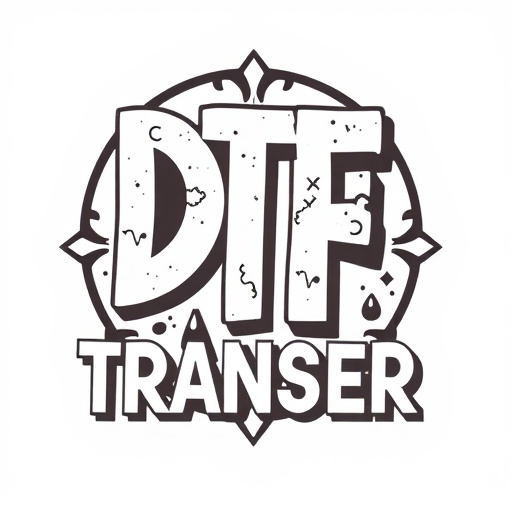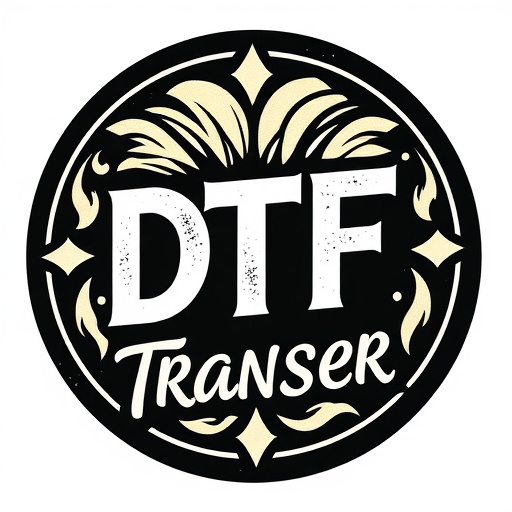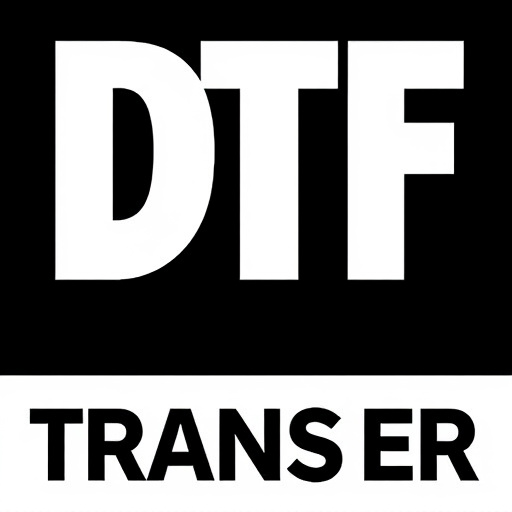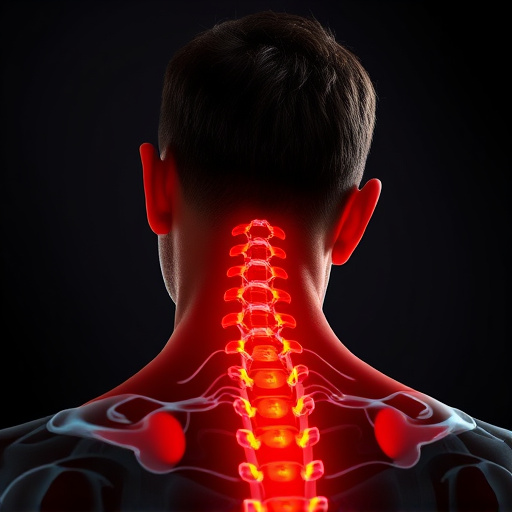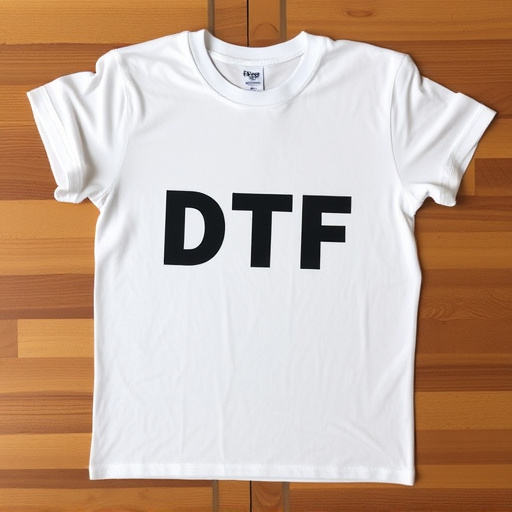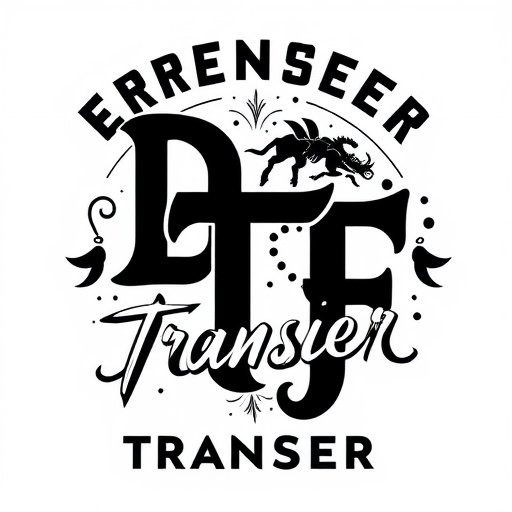Direct-to-film (DTF) transfers have revolutionized manufacturing by offering a streamlined, versatile, and efficient method for applying graphics and text directly to various surfaces. Ideal for diverse environments, DTF enhances products with vibrant, precise designs while revolutionizing production with faster times, cost savings, and high visual appeal. Heavy-duty DTF transfers excel in harsh conditions, resist chemicals and extreme temperatures, and provide long-lasting prints on numerous materials. When selecting a DTF material, prioritize durability, compatibility with printing systems, and sharp, vibrant prints. The meticulous creation process involves designing custom patterns, digital preparation, specialized printers, and inspection. Strategic implementation streamlines production, enhances productivity, reduces costs, and enables innovative design possibilities in industries like automotive and aerospace.
In today’s manufacturing landscape, adopting innovative technologies is key to staying ahead. Heavy-duty direct-to-film (DTF) transfers offer a game-changer for industrial environments, enabling efficient and precise printing on diverse materials. This article explores the advantages of DTF for manufacturing, from its benefits in heavy-duty applications to choosing the right transfer material and implementing strategic integration. Discover how DTF prints are revolutionizing production processes through real-world case studies, showcasing their durability and versatility.
- Understanding Direct-to-Film (DTF) Transfers: A Manufacturing Advantage
- The Benefits of Heavy-Duty DTF for Industrial Applications
- Choosing the Right DTF Transfer Material: Durability and Compatibility
- Process Overview: From Design to Final DTF Print
- Implementation Strategies: Integrating DTF into Existing Manufacturing Systems
- Case Studies: Real-World Success Stories of DTF in Manufacturing
Understanding Direct-to-Film (DTF) Transfers: A Manufacturing Advantage

Direct-to-film (DTF) transfers have emerged as a game-changer in the manufacturing industry, offering a streamlined and efficient method for applying graphics and text to various surfaces. This innovative process eliminates the need for intermediate steps, such as printing on paper or vinyl, and then transferring the design. With DTF, prints are directly applied to the final medium using specialized inks and equipment.
One of the key advantages of DTF transfers is their versatility. They can be utilized across a wide range of materials, from metal and plastic to glass and wood, making them an ideal solution for manufacturing environments with diverse needs. DTF Printing allows for high-quality, long-lasting results, ensuring that products stand out with vibrant and precise designs. This technology revolutionizes the way manufacturers enhance their products, enabling faster production times and cost-effectiveness without compromising on visual appeal.
The Benefits of Heavy-Duty DTF for Industrial Applications

Heavy-duty direct-to-film (DTF) transfers have revolutionized manufacturing environments by offering a robust and efficient solution for applying graphics and text to various surfaces. In industrial applications, where durability and longevity are paramount, DTF stands out as an unparalleled choice. This technology enables the production of high-quality, long-lasting DTF prints that can withstand harsh conditions, including exposure to chemicals, extreme temperatures, and frequent handling.
DTF transfer is a game-changer when it comes to customizing machinery, tools, and equipment. Its ability to produce vibrant and precise prints ensures that industrial assets are not only functional but also visually appealing. Moreover, DTF’s direct application method eliminates the need for complex preparation or costly substrate materials, making it a cost-effective solution for businesses looking to enhance their manufacturing processes and product branding.
Choosing the Right DTF Transfer Material: Durability and Compatibility

When selecting a heavy-duty direct-to-film (DTF) transfer material for manufacturing environments, durability and compatibility are paramount. The chosen DTF transfer must withstand harsh conditions like high temperatures, chemicals, and physical stress, ensuring long-lasting prints on various materials. Look for films with robust adhesives that bond strongly to both the substrate and ink, preventing premature fading or peeling.
Compatibility with existing printing systems is equally crucial. Ensure the DTF material is compatible with your printer’s ink types and substrate preferences. Testing a small batch of prints can help verify the material’s performance before committing to large-scale production runs. This ensures that your chosen DTF transfer yields sharp, vibrant DTF prints that meet the demanding requirements of manufacturing applications.
Process Overview: From Design to Final DTF Print
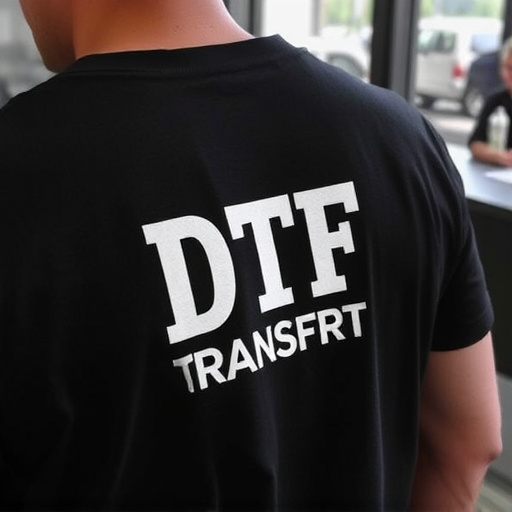
The process of creating heavy-duty direct-to-film (DTF) transfers for manufacturing environments involves several precise steps, from initial design to final DTF print. It begins with designing custom patterns or graphics tailored to specific equipment or machinery requirements. These designs are then digitally prepared and optimized for the DTF transfer method. The digital files ensure sharp resolution and accurate color representation, crucial for successful printing.
Once designed, the digital artwork is sent to specialized DTF printers. These printers use high-quality inks and a precise application process to directly apply the design onto a thin film. After printing, the DTF films undergo curing, a step essential for ink fixation and durability. The final DTF prints are then carefully inspected for quality assurance before being cut and prepared for installation on the intended manufacturing equipment, ensuring long-lasting performance in demanding industrial settings.
Implementation Strategies: Integrating DTF into Existing Manufacturing Systems
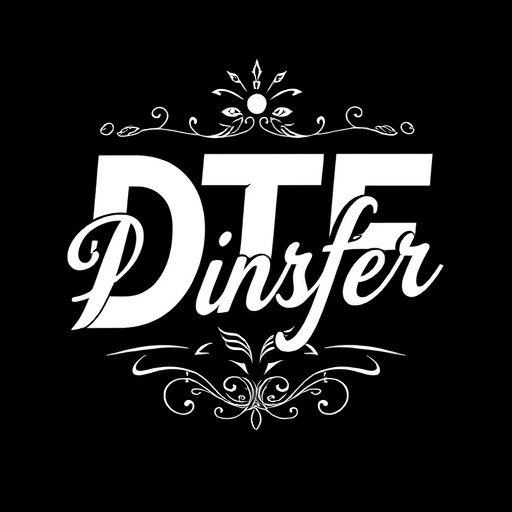
Implementing heavy-duty direct-to-film (DTF) transfers into existing manufacturing systems requires a strategic approach to ensure seamless integration and optimal performance. One key strategy is to conduct a thorough assessment of current processes, identifying where DTF can enhance productivity and reduce costs. This involves understanding the specific needs of each production stage, from design and prototyping to full-scale manufacturing. By mapping out these requirements, manufacturers can choose the most suitable DTF technologies and set up efficient workflows.
For instance, DTF printing can be integrated into the early stages of product development for rapid prototyping and small-batch production. Its ability to produce high-quality prints directly on various materials allows designers and engineers to test concepts quickly. As manufacturing scales up, DTF transfers can be employed to apply graphics and branding consistently across large volumes of products, ensuring a uniform and professional finish. This integration not only streamlines production but also opens doors to innovative design possibilities, giving manufacturers an edge in a competitive market.
Case Studies: Real-World Success Stories of DTF in Manufacturing
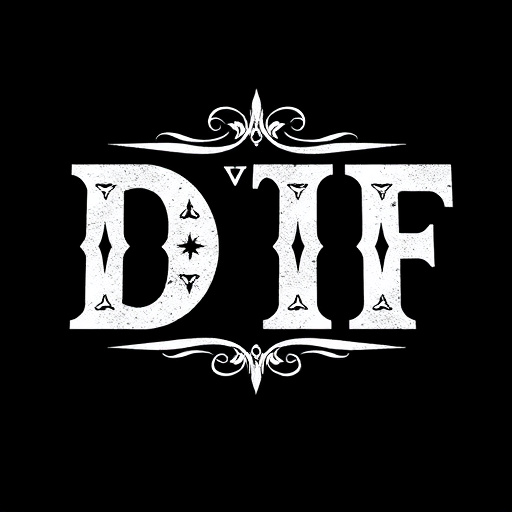
In recent years, heavy-duty direct-to-film (DTF) transfers have made a significant impact in manufacturing environments, delivering exceptional results and streamlining production processes. Case studies from various industries showcase the real-world success of DTF technology. For instance, automotive manufacturers have leveraged DTF prints to create intricate, high-quality markings on car parts, enhancing precision during assembly and improving overall product quality.
Additionally, aerospace companies have adopted DTF transfers for marking complex components, ensuring crucial safety and compliance standards are met. These case studies highlight the versatility of DTF Printing, proving its effectiveness in diverse manufacturing scenarios. The ability to produce durable, precise prints directly on various materials makes DTF Transfer a game-changer, saving time, reducing costs, and enhancing the overall efficiency of production lines.

